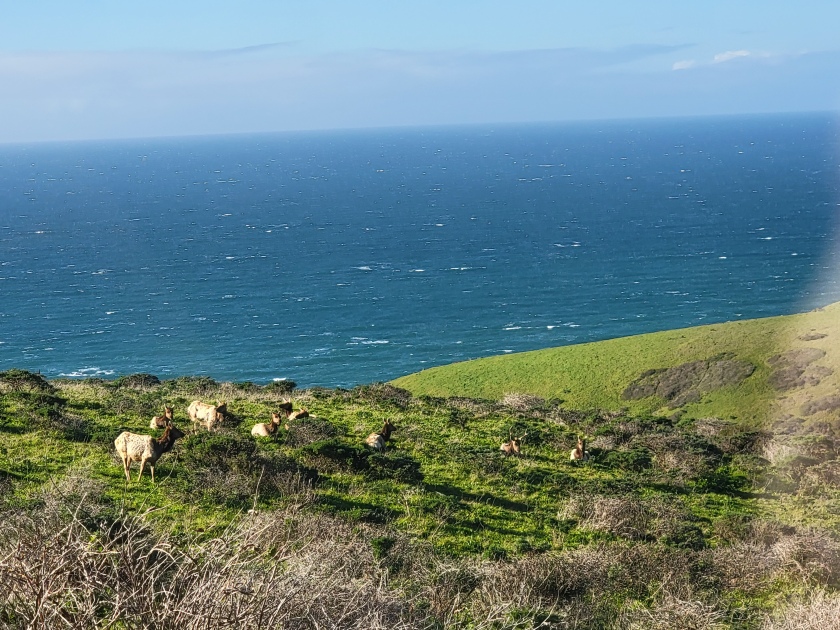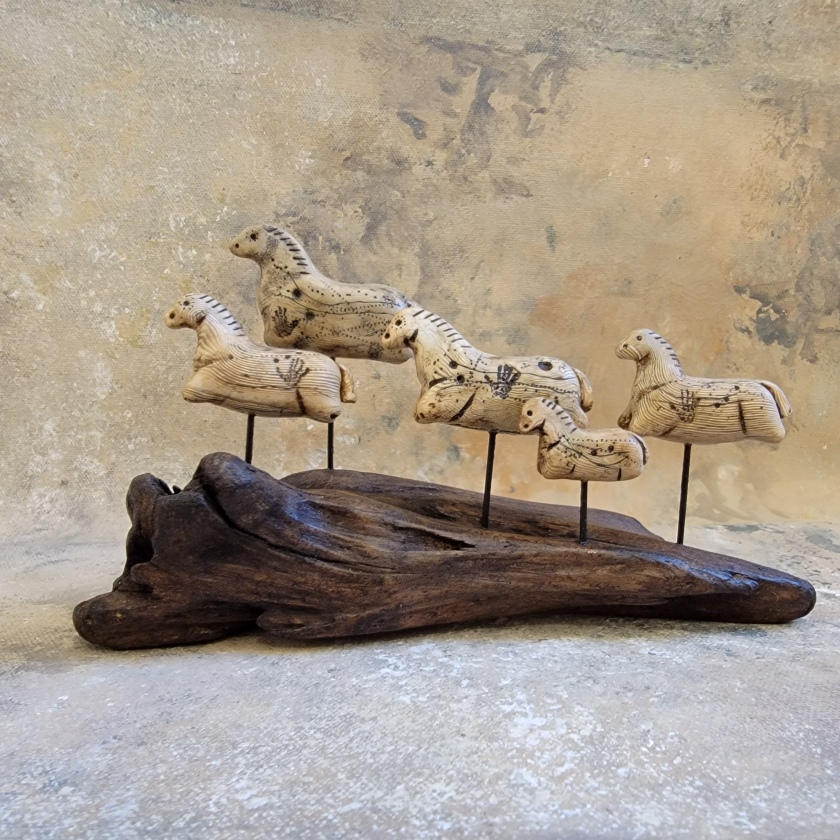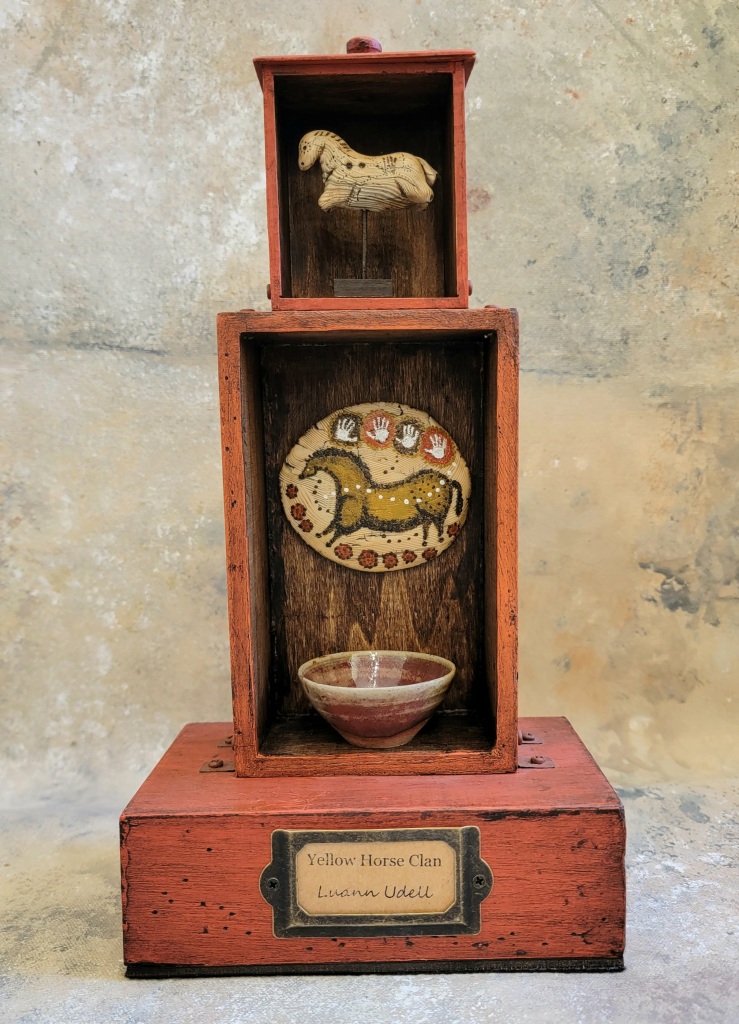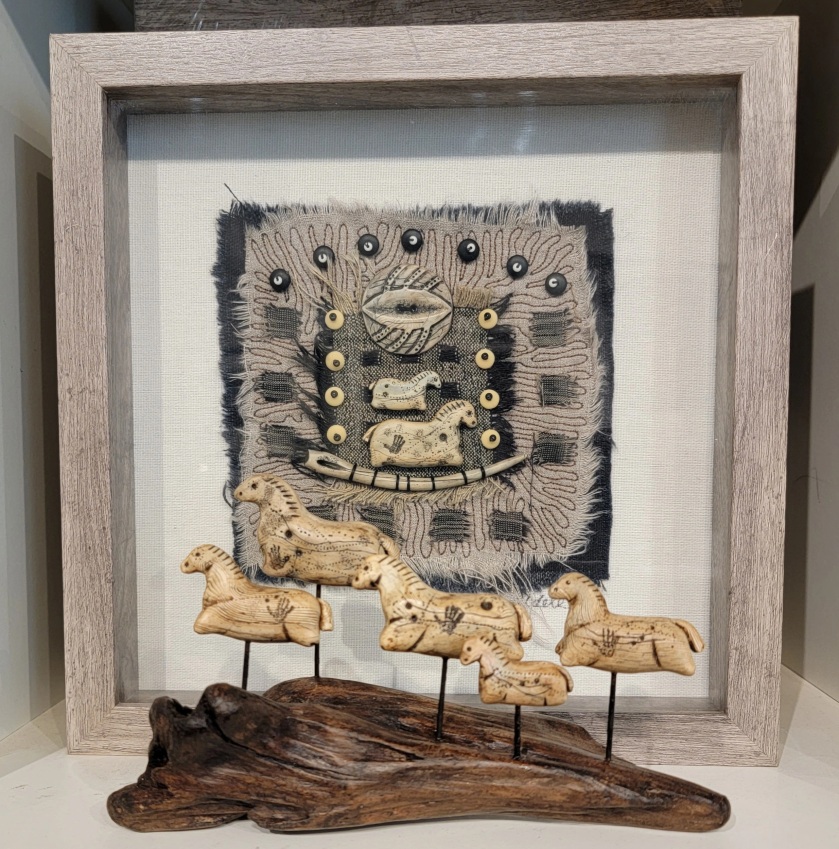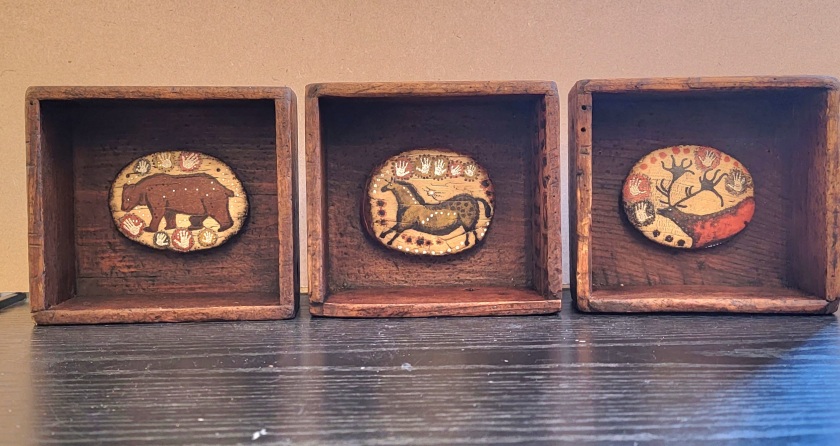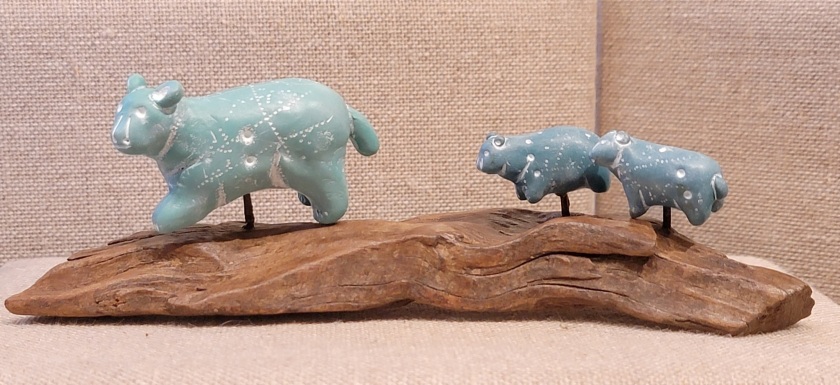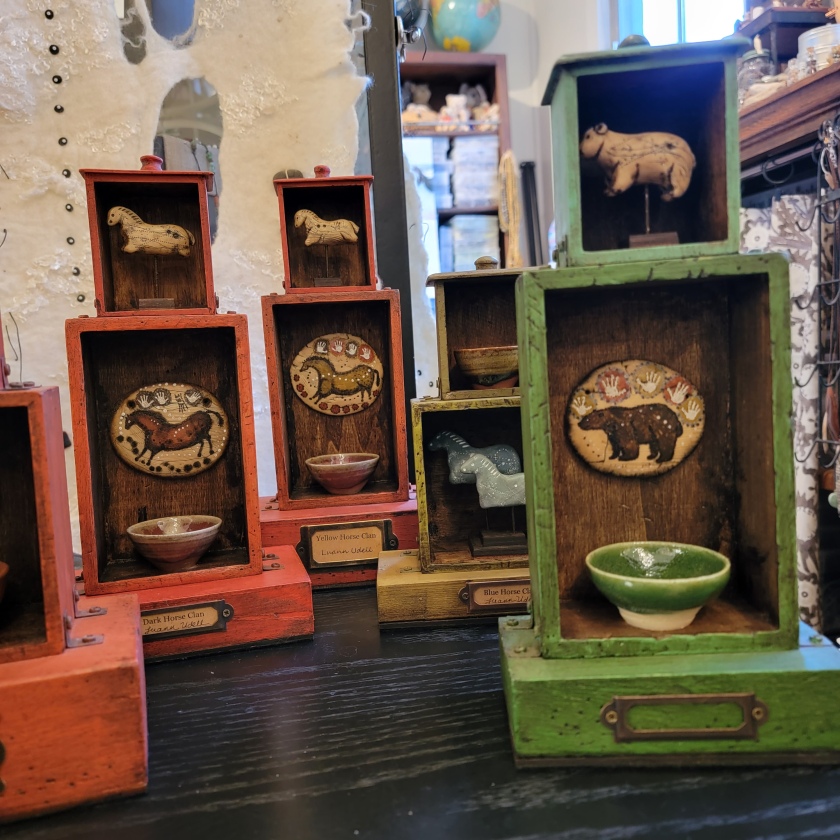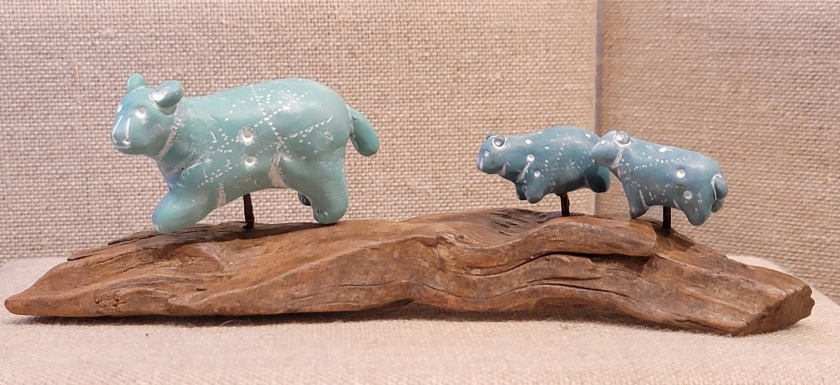
Sometimes I wonder what would have happened if I’d stuck with pottery making. But then I realize my most important creation story, and current practices, might never have happened….I’ve written quite a few articles about how to get good at something (and why NOT to give up when it feels like you can’t). I’ve tried pottery, martial arts, Tai Chi, and Thai kickboxing, and shared where I made progress (and got pretty good at it) and when I bailed (not knowing what I know now.)
The topic came up again in a Tai Chi class recently, about the power of teaching and the wisdom involved to be a great teacher.
We shared our own experience with teachers/fellow students where all we received was constant criticism, the “U R doing it wrong” approach. How unproductive (and sometimes insulting) it felt, and didn’t really encourage us to do better. Instead, it was DIS-couraging, and made some of us wonder if we were ever going to get “good” at it.
Then Arthur shared a story. As a long-time piano teacher, he’d had students who had “natural talent”–a propensity for music–and people who didn’t.
There was one student in particular he still thinks of today. And surprisingly (though not to me!), it was that student, with no “natural talent”, who took a long time to gain expertise…
But eventually surpassed the natural-talent people.
Because they didn’t give up.
They loved learning to play the piano, they retained a sense of humor about it, constantly laughing at their mistakes (and made Arthur laugh, too.) And they just kept doing it.
They eventually became his best student ever.
He also shared that although he’s an excellent pianist, he still makes mistakes!
I shared mine, about squishing and centering my first glob of clay on a wheel in a pottery class the very first day, and pulling it up into a cylinder. Perfect! (The first step for making a pot.) I exclaimed, “Oh, I’m a natural at this!”
And for the next 5 weeks of classes, I never got to the cylinder stage. Never even got the clay centered properly. It was discouraging.
I thought, “Oh, I’m not good at this”…and walked away from it forever.
When you read my article about getting good at kickboxing, you’ll find the four stages of competence, created by the Harvard Business School, and beautifully described here: The Four Stages of Competence
This changed EVERYTHING for me.
Years later, I realized there’s actually a FIFTH Stage of Competence:
TEACHING!
When you become an expert, you’re in a great position to share your skills with others, and to encourage your students to keep getting better. To not give up.
A good teacher knows these stages.
They know it isn’t about doing something perfectly. (Arthur mentioned this in his story, too. HE never got “perfect”, nor did his best student.)
It’s about caring so much about it, we keep up the practice until we get pretty good at it. (It helps if it’s something we LOVE to do, too.)
Yes, we’d all like to be a “natural” about something. Heck, we could become a star faster, right?
But it’s not about being the best. It’s to do what you love because it makes you a better YOU.
So the word for today is PERSEVERANCE. And finding the right teacher.
A great teacher knows that creating an environment where someone feels safe to persevere is highly important.
A great teacher knows that constant criticism can be overwhelming and discouraging.
A great teacher knows when to praise a student for even a tiny bit of progress.
A great teacher knows how to mix it up a bit, so it’s not simply monotonous repetition. So there’s a chance for a new perspective, for an “aha!” moment in their students.
A great teacher knows how to make sure students feel safe, supported, and heard.
A great teacher knows when it’s time to create a challenge.
I know there are some folks who enjoy a challenge, and when a teacher is being critical, nasty, downright horrible, that person can rise to the challenge. (Still requires perseverance.) If that person is you, then go for it!
But most of us already have enough stress and challenges in our life.
And the things we take up to help us stay grounded, at peace, curious, and engaged need an environment where we can trust the teacher to care. To care about their practice, their students, and the students’ outcomes.
That’s where I am today. I hope it helps you find a way forward for YOU, too!













